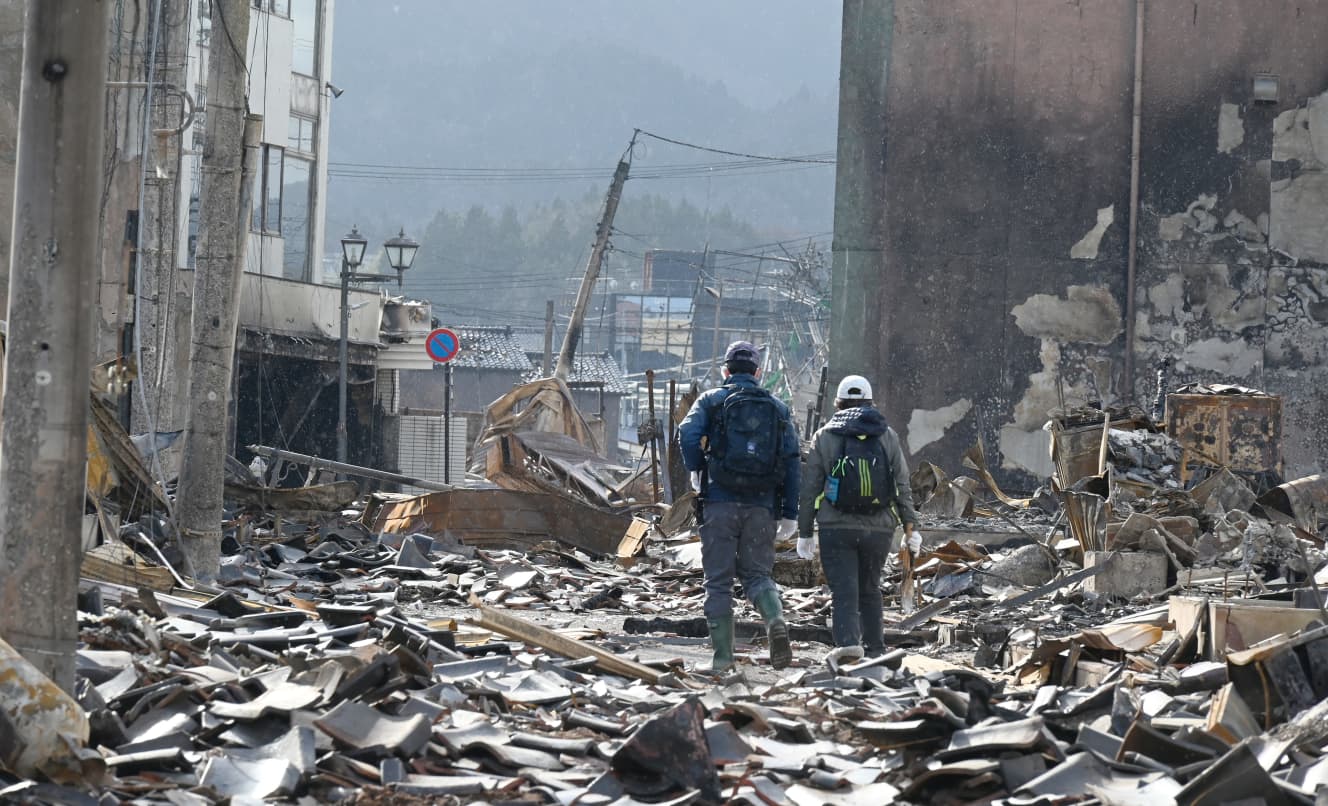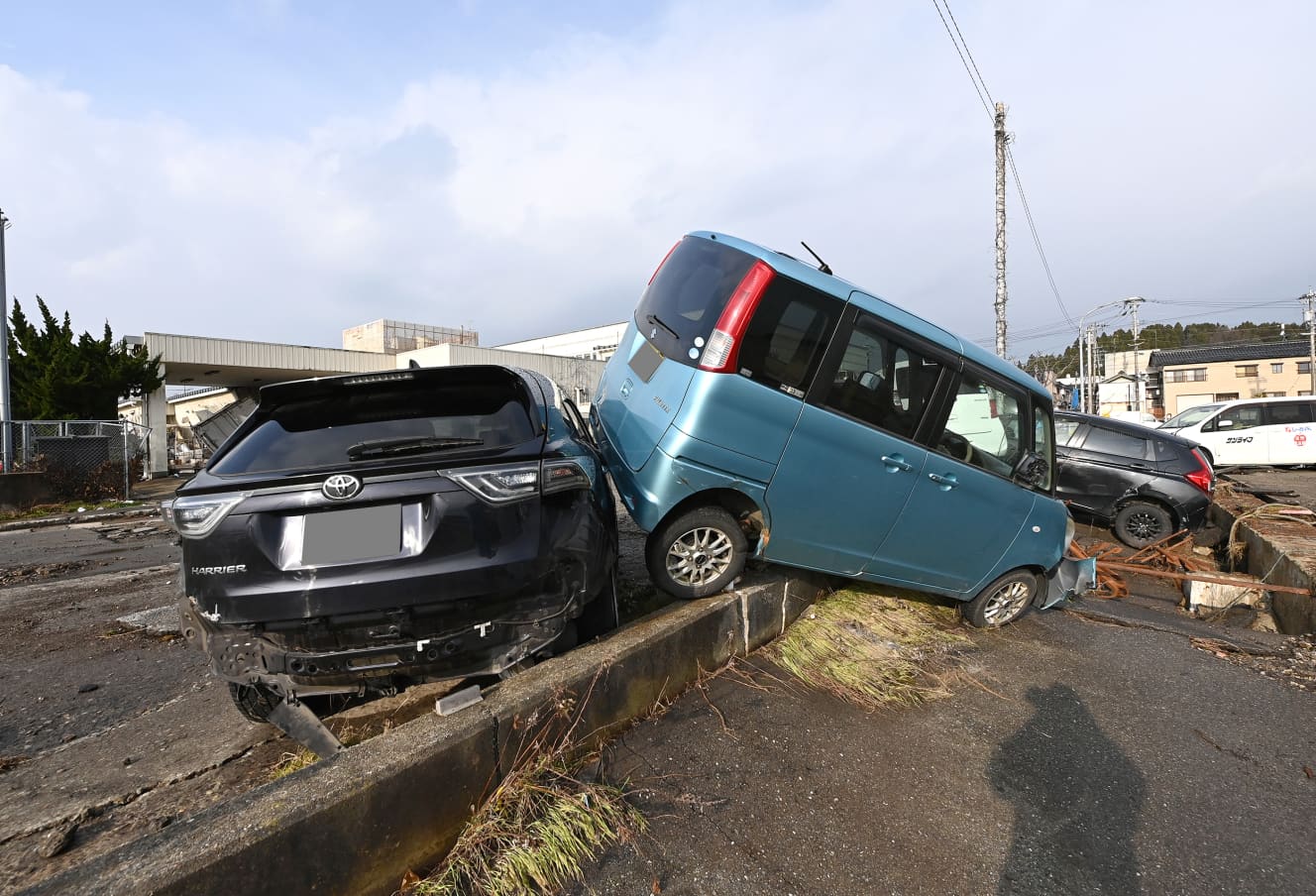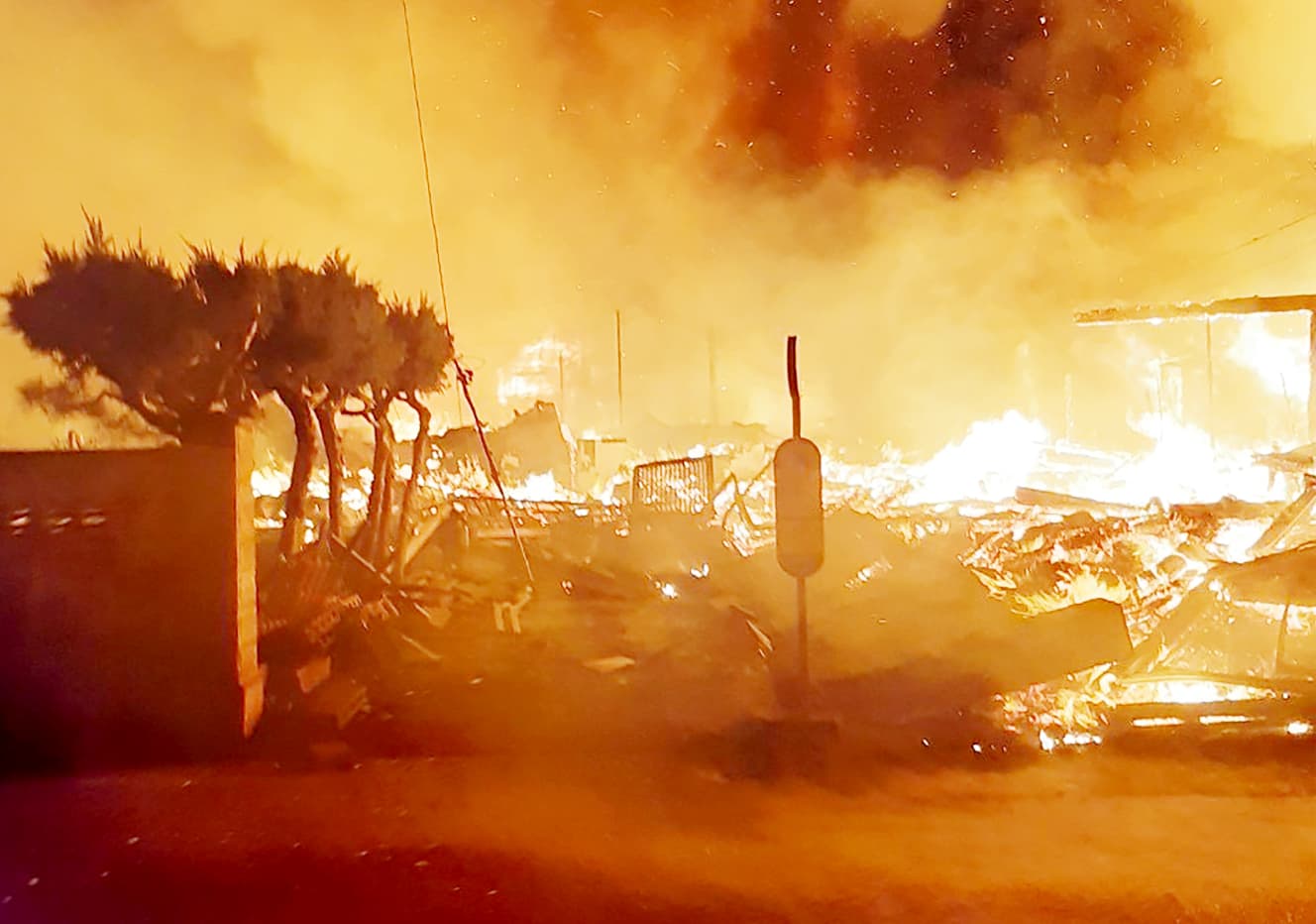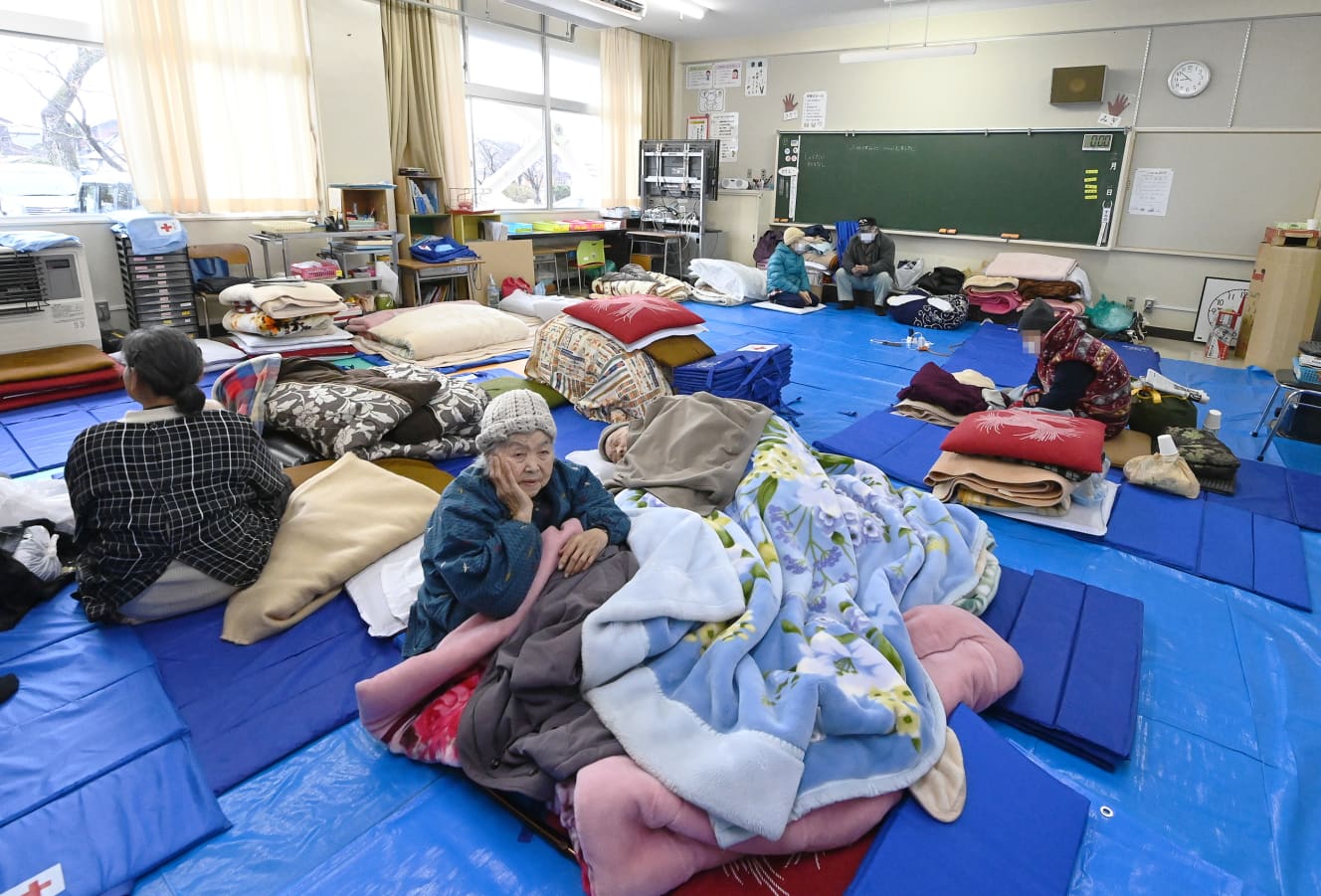Increased Earthquakes in Chiba and Kanagawa Raise Concerns of a Potential Massive Quake in Tokyo
What we can learn from the Noto Peninsula earthquake of M7.6, maximum intensity 7, and midwinter evening

“A once-in-a-thousand-to-several-thousand-year earthquake occurred, with multiple faults slipping over a distance of over 100 kilometers at the northern tip of the Noto Peninsula. In the Japanese archipelago, multiple plates are pushing against each other, and there are numerous large cracks inside. These are active faults that can cause massive tremors. If a similar-scale earthquake were to occur in Tokyo, unimaginable damage is anticipated.”
said Professor Shinji Toda of Tohoku University’s International Research Institute of Disaster Science.
The Noto Peninsula earthquake has left more than 200 people dead or unaccounted for. The maximum intensity of the earthquake was 7, and its magnitude (M) was 7.6, exceeding that of the Great Hanshin-Awaji Earthquake.
Manabu Takahashi, a specially-appointed professor at Ritsumeikan University’s Center for Pacific Rim Civilization Research, says that the threat of a major earthquake in Tokyo is becoming even greater.
“The Noto Peninsula earthquake was born from the distortion caused by the compression of the North American Plate and Eurasian Plate, which have become more active due to the pressure from the Pacific Plate since the Great East Japan Earthquake. Similarly, the Philippine Sea Plate to the south of the Tokyo metropolitan area is also being compressed by the Pacific Plate. Earthquakes have already been occurring frequently in Chiba and Kanagawa since the end of last year.”
The boundary between the Philippine Sea Plate and the North American Plate is the Sagami Trough, which has caused massive earthquakes such as the Great Kanto Earthquake of 1923. The Tokyo metropolitan area is the next area to watch out for.
Citizen Disaster Prevention Institute’s special researcher, Takao Sakaguchi, expresses concern about the damage caused by fires.
“In Noto, wooden houses burned, causing massive fires. Tokyo also has 52 areas with densely packed wooden houses. What’s frightening is when a large number of victims gather in one place for evacuation. During the Kanto Earthquake, about 40,000 people evacuated to the site of the former Army Clothing Factory near the current Ryogoku Kokugikan (Sumida Ward). However, a fire tornado occurred, and about 38,000 people perished in just one hour.”
According to data from the Japan Meteorological Agency and other sources, midwinter evenings are the windiest of the year.
Mr. Takahashi is concerned about tsunamis.
“What Mr. Takahashi is cautious about is a tsunami. When an earthquake occurs in deep-sea areas like the Sagami Trough, it can cause the sea over a broader area to shake, resulting in the generation of massive tsunamis. A large part of the Kanto Plain used to be underwater with weak ground conditions. Based on the results of the borehole surveys I conducted, it is known that areas up to Takasaki in Gunma were once covered by the sea. If a massive tsunami were to strike the Kanto Plain, the ground could sink rapidly, posing a risk of submerging not only Tokyo but also the hinterlands of Saitama.
Contrary to the impression that the upscale areas like Yamanote in Tokyo have stronger and safer ground conditions than the downtown areas, it’s quite the opposite. Rivers like Zenpukuji River that flow through Yamanote have a riverbed in the shape of an inverted triangle, making the force of water increase, and a tsunami could hit at twice the speed of normal rivers. There are also many underground channels blocking the river, making it far from safe.”
The damage is likely to be devastating.
“If a major earthquake were to occur in the Tokyo metropolitan area, the damage would not be limited to the vicinity of Tokyo. It could trigger the Nankai Trough earthquake, causing tsunamis over a wide area from the Tokai region to Kinki. The government estimates the death toll from the Nankai Trough earthquake to be over 320,000, but I believe it could reach 500,000.” (Mr. Takahashi)
What can we learn from the Noto earthquake?
“To escape from the collapse of houses, fires in wooden houses, and tsunamis, please evacuate to the high-rise buildings that stand in the city. It is crucial to go up to the 6th floor or higher if possible.” (Mr. Takahashi)
An unprecedented crisis is looming.



From the January 26, 2024 issue of FRIDAY
PHOTO: Masahiro Kawayanagi (1st photo) Masayoshi Katayama, courtesy of a resident (3rd photo)